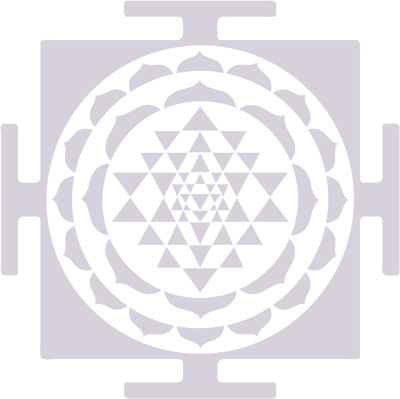I am weekly asked this question when students come to class without truly knowing what they are stepping into it.
“This is the first class I have taken like this. Is it hard? Is it advanced?”
“What do we do in this class, exactly?”
I congratulate them on venturing and exploring the unknown. And tell them all will be OK.
Once we are all settled, I begin with a very brief description to ease the mind and calm the body. So, what is Ayurvedic Yoga anyway?
Maybe you have some understanding of what Yoga is and perhaps Ayurveda, but for most Ayurveda is a new term. Simply put, Ayurveda is the oldest system of medicine, and Yoga is a system of philosophy for mind and spirit. The two come together to offer you a therapeutic approach to Yoga. Ayurveda helps me decide what to teach and sequence for overall group wellness and Yoga gives me the practices to put together. Each class has a traditional lineage of Hatha Yoga offering pranayama, asana, and meditation guided by the principles of Ayurveda.
So that’s the short version. The juicy history is that this is the way Yoga was intended all along. Adaptations and transformations have broken all the systems that were ONE into many. The perception is that they are all separate when true healing requires the entire book of wisdom (Rig Veda) not just parts of it.
Ayurveda and Yoga are disciplines rooted in the ancient Vedic culture of India, which is more than 5,000 years old. These two branches of Vedic knowledge come from a vast body of ancient wisdom first transmitted orally by the Rishis(seers or sages). Later it was written and documented into a collective of texts known as Vedas, the Rig Veda being the main one.
The Rishis were well-versed in Yoga, Ayurveda, Jyotish (Vedic astrology), and Vatsu Shastra (the science of architecture), all of which form part of a comprehensive and interconnected system of wellness, healing, and longevity. These systems were first documented in the Sanskrit language through the Rig Veda and the remaining three Vedas: Atharva, Sama, and Yajur. Collectively the “Vedas” are the foundation for all wisdom that is needed.
Ayurveda and Yoga are sister sciences, intimately connected in philosophy and application, essentially representing one side of the same coin. Both their philosophy and application are from the same source. Ayurveda teaches the art of living in harmony with nature by suggesting proper diet, lifestyle, and herbal protocols while also offering strong curative therapies. Yoga, in its various lineages, serves to unify or bring us back to our true Self, Being. Yogic practices are about balancing, restoring, and activating energy pathways to guide the mind toward stillness, and peace. Basically, if you don’t feel well, it’s hard to complete Yoga practices. So at the simplest level, Ayurveda keeps us healthy and strong enough to deepen our Yoga practice.
The individualization part was lost in translation as we moved these sciences West..Students perhaps gathered for discourse etc but practices and health care routines were always individualized. It was a common understanding that each person needed a unique way toward health and well-being. There wasn’t a formula to apply to all. The movement West created this model. And that helped the spread of these practices. They became more “universal” to serve many at once.
For me, Ayurvedic Yoga offers a way to teach a group class connected to these Vedic roots to offer a therapeutic approach to sequencing and focus. For individual therapy and lifestyle consultation, the integration puts all the pieces together for radiant longevity and well-being. Welcome to what always was and will be the path of ONE.



